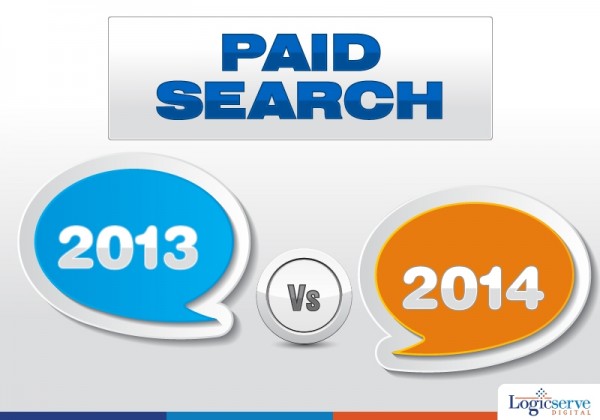More and more consumers are opting for online shopping. With this, the efficacy of paid search for online retailers keeps growing. Both mobile traffic and money spent online by mobile visitors are increasing at more than 50% YoY. Percentage of paid search is quite significant in different segments of the retail sector. Paid search also generated more revenue for companies compared to organic search.
If you are looking to improve your online sales or your website’s search engine rank, paid search marketing is one of the great ways to improve your game. Global advertisers spent 15% more on PPC and other search advertising in Q1 2013, YoY. CTR (click through rate) has more than doubled from an average of about 5% in 2011 to 11% in 2012. Almost half of the nearly 2,000 marketers surveyed in 2012 said that they used PPC in their online campaigns.
With Google increasingly displaying the paid search results in a manner that is hardly distinguishable from organic search results, more users find it difficult to differentiate between the two. Hence more users will continue to click on the paid results increasing the value of paid search marketing.
2013 saw the growth of paid advertising in both Facebook and Twitter. With Facebook becoming better at targeting its ads to its users, the ROI of Facebook PPC ads should increase as well. Mobile search grew in 2013 with more consumers than ever owning smartphones and tablets. While users may browse the web via multiple devices, they are increasingly making purchases with mobile devices. So, e-commerce retailers need to have mobile-optimized websites that makes the buying process a hassle-free experience for customers.
2014 is likely to see some new trends in paid search advertising. Expect more search optimization that is conscious of demographic data. Clearly, young people and older, wealthier people may choose to spend their vacation time in California, Florida or Disneyland differently. It would be great if ads can be targeted based on the age of the user. It might make sense to target cruise liner trips to the wealthier and older demographic and while targeting more activity-based and adventure-driven stuff to a younger demographic.
Tracking how users use their mobile devices is critical if paid search advertisers are going to be able to allocate their ad budget effectively. Advertisers will try to get better to track user behavior on their smartphones and how they divide up their activities on different devices. Social media players (Facebook, Twitter, Pinterest, LinkedIn) are all trying to get more engagement from their users. With all of these players now becoming public companies, they’ll try to maximize their revenue with paid advertising. We’re already seeing Facebook video ads and trending topics and so on. Twitter is inserting ads into its users’ TL. Expect more innovation along these lines.
Since advertisers want to have a good idea about how effective their ads are, search engines like Google (with their AdWords) are updating their measurement and reporting tools. Google is eager to prove the effectiveness of paid search. Both Google AdWords and Bing ads have become more flexible about how to bid across their PPC platforms. Advertisers should love the idea of being able to bid differently based on time of day, location, device, etc. Facebook has also gotten into the game of flexible bidding. This will all continue to become even more complex in 2014 with multiple layers of bidding options.
“PLAs (product listing ads) will be moving from the right hand side of the SERP to top spots on the left and its popularity is growing and may outperform regular paid text ads,” as shared in my earlier post.





